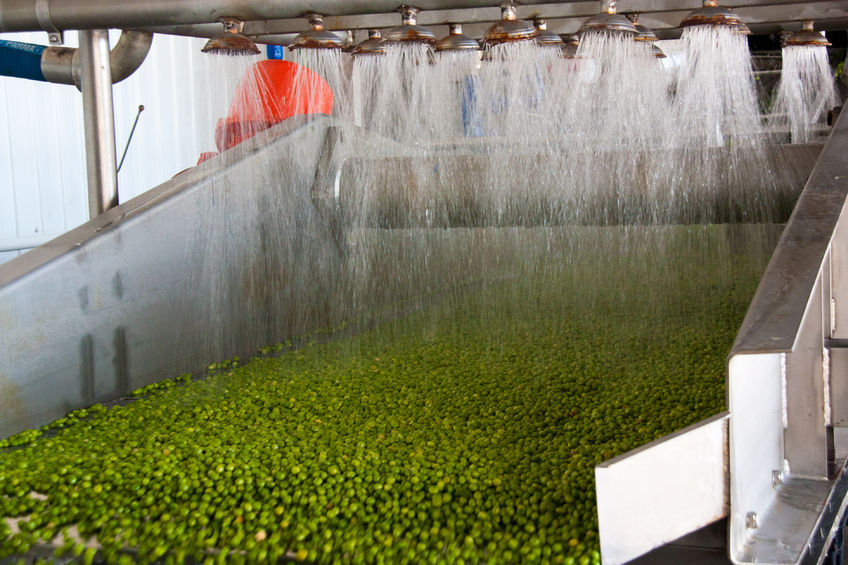Coronavirus, SARS-CoV-2, COVID-19 and so on. This pandemic is reported 24/7 on news stations, social media and pretty much any media available to us today. A current crisis that all food processors are dealing with even though it looks like this pandemic is not transmitted by food. While we’re all getting tired of hearing about it, there are some post pandemic plant closures items to think about.
Food processors are dealing with a plethora of COVID-19 pandemic issues like employee outbreaks, plant closures, travel bans, work-at-home. virtual communications, changes to wholesale/retail consumer needs and employee distancing, retention and compliance.
The longer this crisis lasts the more uncertainties processors will face. With none of us knowing how long this crisis will be around, their resilience will be tested.
The good news. It’s temporary.
The good news is that most processors can withstand this pandemic financially, at least for a few months anyways.
As any experienced food processing company knows, all this will end eventually as it has before with other health outbreaks. Normalcy will ensue and business will return. But what if you had a plant closure that is now re-opening?
Getting employees back to work after plant closures.
If you had a plant closure getting employees to return to work following an outbreak could be a challenge. With that said, “companies typically can require non-symptomatic employees to come back to work, even if they’re afraid.” – Dorsey and Whitney LLP
Flexibility and adaptability are key. Here are some questions to think about if trying to bring back an employee that says no: – Dorsey and Whitney LLP
- “Are you afraid because your partner has asthma or some sort of immune-compromised system, and you’ve been advised to minimize all contact with people?”
- “Are you afraid because you yourself have an immune compromised system?”
- “Are you just afraid because you usually ride the bus at seven o’clock and it’s packed like a New York City subway?”
- “Couldn’t we make some sort of accommodation so that you’re riding the bus at a different hour and working in different shifts?”
Processors should account for current threat levels, national, local guidelines and individual circumstances when making accommodations for workers.
“It has to be reasonably dangerous.” “‘I’m afraid to leave my house,’ is probably not reasonable under certain circumstances and in certain areas, whereas it could be reasonable to be that afraid in another area.” – Dorsey and Whitney LLP
Keeping everyone safe, production high and understanding your options are key to dealing with COVID-19 post-pandemic issues.
Disclaimer: Please note that the information in this post is of a general overview only and should not be seen as a recommendation to act in any specific way.
Resources:
https://www.meatpoultry.com/articles/22889-food-processing-plants-continue-to-address-coronavirus-concerns
https://www.foodsafetymagazine.com/enewsletter/food-safety-magazine-survey-results-impact-of-coronavirus-on-food-processing-and-food-safety/
https://www.dorsey.com/newsresources/events/videos/2020/04/webinar-playback-food-company-coronavirus

